
oa系统外文文献,Introduction
时间:2024-12-09 来源:网络 人气:
Introduction

Open Access (OA) systems have become increasingly important in the academic and research communities. These systems provide free and unrestricted access to scholarly literature, aiming to enhance the dissemination of knowledge and promote global research collaboration. This article aims to explore the significance of OA systems, their impact on the research community, and the challenges they face in the current digital landscape.
Significance of Open Access Systems

OA systems play a crucial role in the advancement of research and education. By eliminating the barriers of paywalls and subscriptions, these systems ensure that researchers, students, and the general public can access scholarly articles without financial constraints. This accessibility fosters innovation, encourages interdisciplinary collaboration, and promotes the democratization of knowledge.
Tags: OpenAccess, ScholarlyLiterature, KnowledgeDissemination
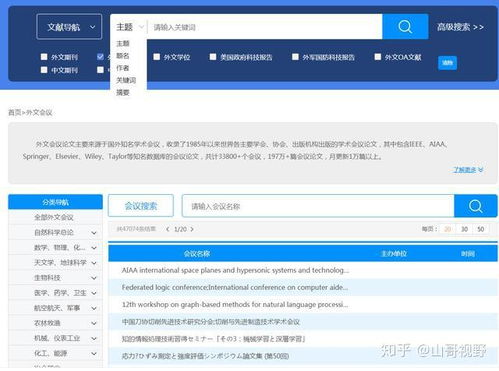
Impact on the Research Community
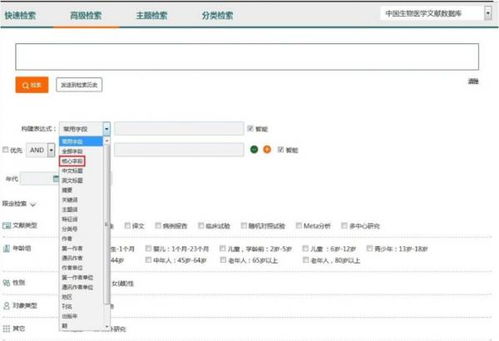
The adoption of OA systems has had a profound impact on the research community. Firstly, it has increased the visibility and reach of scholarly articles, enabling authors to reach a wider audience. This, in turn, has led to higher citation rates and greater recognition for researchers' work.
Secondly, OA systems have facilitated the rapid dissemination of research findings, allowing researchers to stay updated with the latest advancements in their field. This timely access to information is crucial for making informed decisions and advancing scientific knowledge.
Lastly, OA systems have contributed to the development of alternative metrics for evaluating research impact, such as altmetrics, which provide a more comprehensive view of the influence of scholarly articles beyond traditional citation counts.
Tags: ResearchCommunity, ImpactFactors, Altmetrics

Challenges Faced by Open Access Systems

Despite the numerous benefits of OA systems, they also face several challenges. One of the primary challenges is the financial sustainability of these systems. Many OA journals rely on article processing charges (APCs) to cover their costs, which can be a barrier for researchers from low-income countries or institutions with limited funding.
Another challenge is the diversity and inclusivity of OA systems. While some regions and institutions have made significant progress in adopting OA, others still struggle to access and contribute to these systems. Ensuring equitable access to OA resources is essential for achieving the full potential of these systems.
Additionally, the quality control of OA articles is a concern. With the rapid growth of OA journals, there is a need for robust mechanisms to ensure the integrity and reliability of published research. This includes maintaining high standards of peer-review and addressing issues of plagiarism and misinformation.
Tags: FinancialSustainability, Diversity, QualityControl
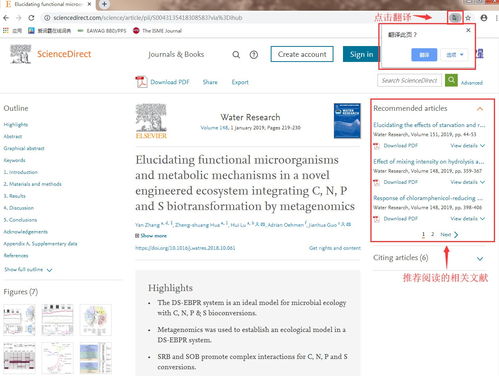
Future of Open Access Systems
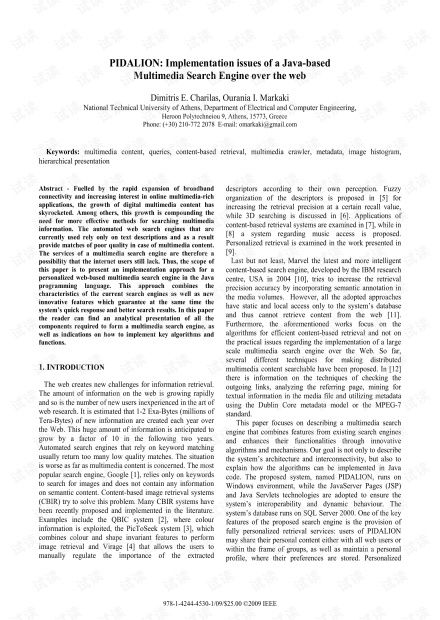
The future of OA systems appears promising, with ongoing efforts to address the challenges they face. Initiatives such as the Plan S, which promotes the transformation of scholarly communication to OA, are gaining traction. These initiatives aim to make OA the default mode of scholarly publishing, ensuring that research is freely accessible to all.
Furthermore, technological advancements, such as the development of preprint servers and open-source platforms, are contributing to the growth and sustainability of OA systems. These platforms facilitate the sharing of research findings and promote collaboration among researchers.
As the OA movement continues to evolve, it is crucial for stakeholders to work together to ensure that these systems remain inclusive, sustainable, and of high quality.
Tags: PlanS, PreprintServers, OpenSource

Conclusion

In conclusion, OA systems have revolutionized the way scholarly literature is accessed and disseminated. Their significance in promoting knowledge sharing, fostering research collaboration, and democratizing access to information cannot be overstated. While challenges remain, ongoing efforts to address these issues are paving the way for a more open and accessible future for research and education.
Tags: OASystems, KnowledgeSharing, ResearchEducation
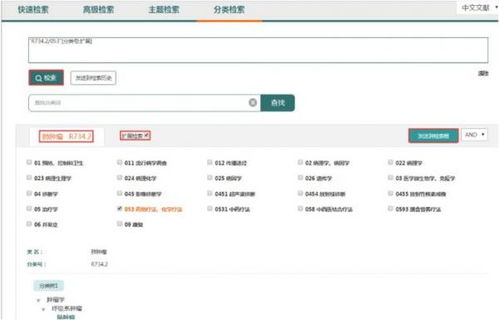
教程资讯
教程资讯排行













